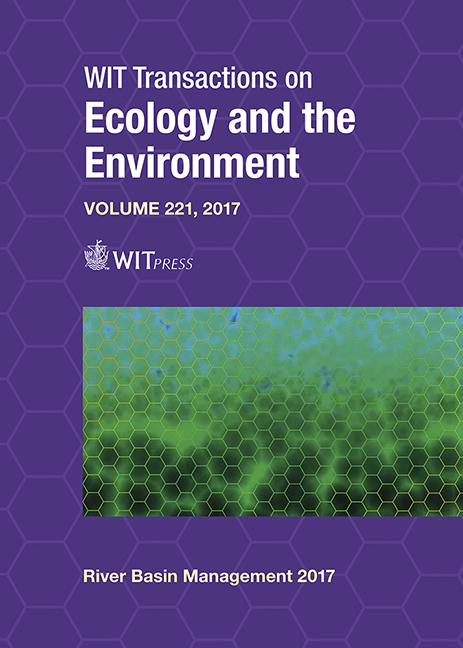MEASURED AND CALCULATED RAINFALL-RUNOFF RELATIONSHIPS IN TORRENTIAL CATCHMENTS: INSIGHTS FOR THE DESIGN PRACTICE
Price
Free (open access)
Transaction
Volume
221
Pages
7
Page Range
77 - 83
Published
2017
Size
325 kb
Paper DOI
10.2495/RBM170091
Copyright
WIT Press
Author(s)
MOSER MARKUS, MEHLHORN SUSANNE, JANU STEFAN
Abstract
The large-scale stationary trough system that dominated Central Europe in 2012, 2013 and 2014 led to high precipitation sums in Salzburg, Tyrol and Bavaria. In the Pinzgau and Pongau regions of Salzburg, some meteorological stations registered in June 2013 the highest precipitation sums ever recorded. In the framework of event documentation and analysis, these events were analyzed in accordance with current best practice standards and state of the art technology. The positive trend towards ever denser networks of measurement stations enables an improved quantitative capturing of precipitation and discharge data, which in turn provides an increasingly comprehensive database which can be used as input for precipitation-discharge models. With the aid of this extensive database, the measured precipitation-discharge relationships for alpine (torrent) catchment areas were recalculated, using the methodology commonly employed (HEC-HMS with the SCS method), with the ultimate aim of gaining useful insights for improved measurement practice. For this study, four catchments with available water gauges and precipitation data were selected. The calculated discharge return periods ranged from HQ2 to HQ50-100. For the Schmittenbach, an already existing model could be used; for the Urslau, an event analysis from 2002 and for the Strobler Weissenbach an event analysis from 2014 provided the required input data. The load diagram of the investigated events was derived from a combination of weather radar analyses (the spatial distribution of precipitation) and precipitation values measured at individual stations (determination of precipitation intensities).
Keywords
event analysis, precipitation-runoff relationships, HEC-HMS, SCS-CN-method





